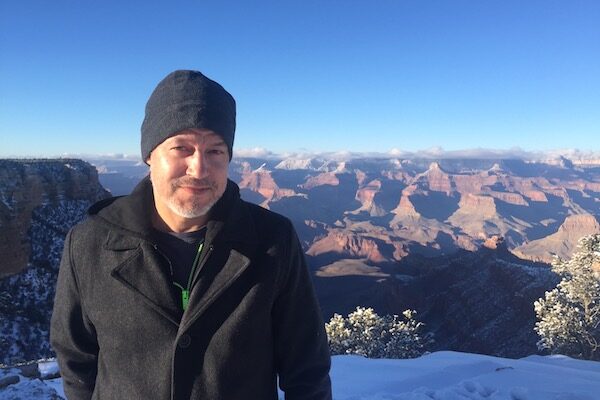
Since 2007, A.F. Jones (Tracyton, WA) has been engaged and interested in collecting and selectively compiling site-specific recordings, from the polar ice cap to parking garages in need of routine maintenance. Camera lucida is the third protean composition from Jones, preceded by Apparatchiks (2013), and X Malfeasant, Appropriating Y (2013).
Camera lucida (for Barthes, Sontag, Morris) (2020) is a protean composition for one recordist and one acoustic space or soundstage.
The recordist creates a sound image, of any length, of a selected space or soundstage using the walls and other physical boundaries within the space as filters with an intent to expand or close-in on specific features unique to the space. The acoustic space/soundstage may be left alone or altered, specific to the desires of the recordist.
Camera lucida is for the listener that engages with it. The listener should consider the concept of studium/punctum (Barthes), that “allows discovery of the operator” within the aural image. The composition is intended for any musician, writer, composer, or any communicator, under any circumstance, actively or subconsciously thinking about what might be conveyed in their subject or message.
The following terms are offered for consideration in performing or listening to any version of Camera lucida:
• Photogeny — the practice of bringing an image to light. Also an antiquated synonym for photography. Or more literally, producing an image with light, physically, chemically, and aesthetically.
• Audiogeny — the producing of a mental image by way of sound.
• Acoustogeny — the shaping of aural images by way of the traits of acoustic spaces.
With the Chapel closed indefinitely due to the COVID-19 pandemic, the Wayward Music Series moves from the concert hall to the living room. In place of our usual ten monthly concerts, Nonsequitur is commissioning ten Seattle artists each month to create a series of streaming audio sessions of previously unreleased material.
